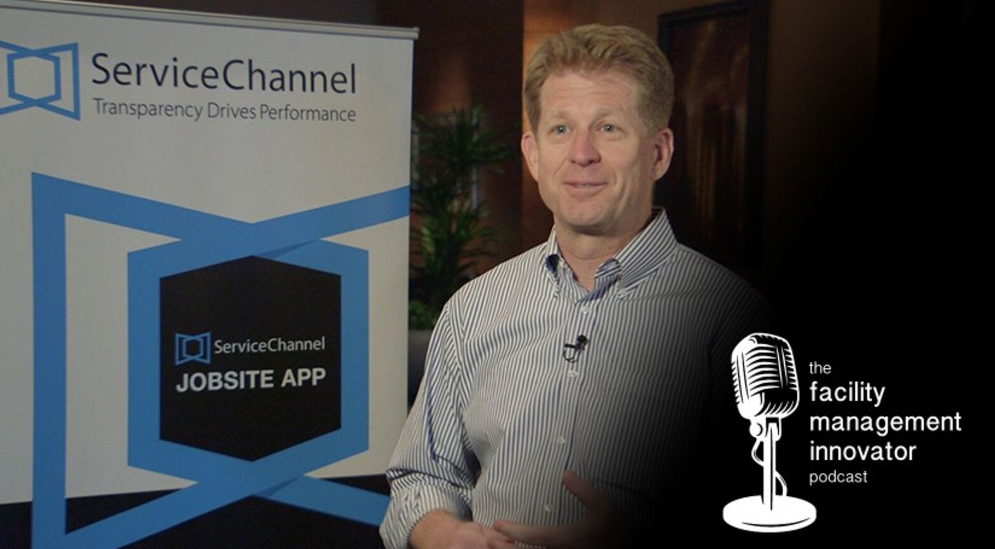Two Unexpected Ways to Improve Business Operations with Big Data

When Arthur Conan Doyle introduced Sherlock Holmes’ to the world in 1891 with A Scandal in Bohemia, he wrote, “It is a capital mistake to theorize before one has data.”

This holds true for any business that’s built upon processes that require continuous upgrades and analysis. Doyle’s words are arguably even more prevalent today as the use of data has become a foundational piece for forward-thinking businesses and a competitive differentiator.
This is illustrated by results from NewVantage Partners annual survey, Big Data Executive Survey 2018, which show that 97% of respondents indicated that their company is investing in big data and AI. It’s no wonder given the sheer volume of data that exist in the world today with 90% of that data likely having been created in just the last two years.
Facilities Can Be Data Gold Mines
Multi-location enterprises can take advantage of big data in ways they may not have expected – applying data insights to repair and maintain their facilities, critical equipment, and other important assets. Traditionally, this is a costly and inefficient process: we’ve estimated that one of our customers has a 5% exposure on labor rate mismatches between invoiced rates and contracted rates, amounting to losses of millions of dollars.
With the right data insights facility management teams can actually save time, costs, and streamline operations. The overarching value of utilizing your facility data manifests in a wealth of new opportunities it presents:
-
- Gain enhanced visibility into your operations driving efficiency and keeping costs in check
- Optimize or replace outdated processes
- Improve collaboration and communications across different functions ‘
- Take preventative measures to reduce downtime
- Hold your teams and your providers more accountable and improve performance
- Inform the design and construction of new buildings through insights from current operations
Each of these opportunities comes back to the same question. What can you gain from focusing on big data? I’ll dig into two examples that show how strategically gathering, storing, analyzing internal process data can streamline operations and keep costs down:
Improving Efficiency and Reduce R&M Costs
Consider the chain reaction I am talking about here: By gaining visibility into how your business operates, you will be able to pinpoint the processes that have fallen behind and grown to be unrefined. The team of professionals that you work with will be operating in unison, with the same game plan in mind.
Annually, multi-location organizations spend $100 billion in repair and maintenance activities – but there is incredible waste and inefficiency (to the tune of $20B), due to outsourcing and repetitive manual tasks.

A data-driven preventative maintenance schedule is one method businesses can use to recapture some of the wasted spend. According to one study by McKinsey Global Institute, a preventative maintenance strategy that utilizes IoT can lead to 10–40% cost reduction; 3–5% longer equipment life, and 50% less downtime.
By setting up a regular, automated schedule for maintaining critical equipment, like HVAC or security systems, you reduce (or eliminate) the need for costly, reactive repairs stemming from extreme environmental factors, improper use, or normal wear and tear.
You need access to key data points about your assets, like the location, age, condition, warranty and service requests for each piece of equipment, to set up a preventative maintenance schedule. With this information in hand, managers are able to make a data-backed maintenance schedule that cuts repair and maintenance costs, avoids critical failure, and allows you to use your assets for a longer period of time. Asset data will also bring to light when it’s more cost-effective to replace a particular piece of equipment.
Across numerous assets and facilities, this data compounds and it becomes increasingly difficult to parse through this information to identify patterns and insights. An asset management solution is critical to consolidate this information and gain better visibility into past maintenance and spend.
Scaling Decision Making
As your business grows and becomes more complex, there will be more data to pull insights from. The amount of data you are managing is wholly dependent on the size of your operation, which includes every location, asset, and employee under your watch.
Your operations will be both strengthened and simplified by leveraging data to make decisions at scale.
This starts with accessing and preparing the right data sets for when you need them. Take advantage of automation technology, machine learning and advanced analytics to parse through the wealth of data and derive actionable insights. With these capabilities, you can improve the speed at which you make decisions, such as proposal evaluations. You are presented with the most likely decision, in addition to related work orders and invoices to cross-reference if needed. This removes the manual element of decision making and ultimately helps you make better decisions.
Initiatives like this start at the top with your strategy and trickle down into the day-to-day operations.
Utilizing the data that you are already collecting to make data-backed decisions is a no-brainer. It limits the amount of time and money you waste, allows you and your team to be more agile when dealing with any facility-related problems, and magnifies your contribution to your business’ bottom line.
Final Thoughts
The potential of big data rests in its ability to provide you with new insights and value. If your business isn’t shining a spotlight on data analysis yet, time could be running out. Strategic decision making based on big data, with a focus on facility efficiency and reducing maintenance costs, is close to a requirement for any business in 2019. In the past, this wasn’t the case, but it’s clear that Arthur Conan Doyle was on to something.



